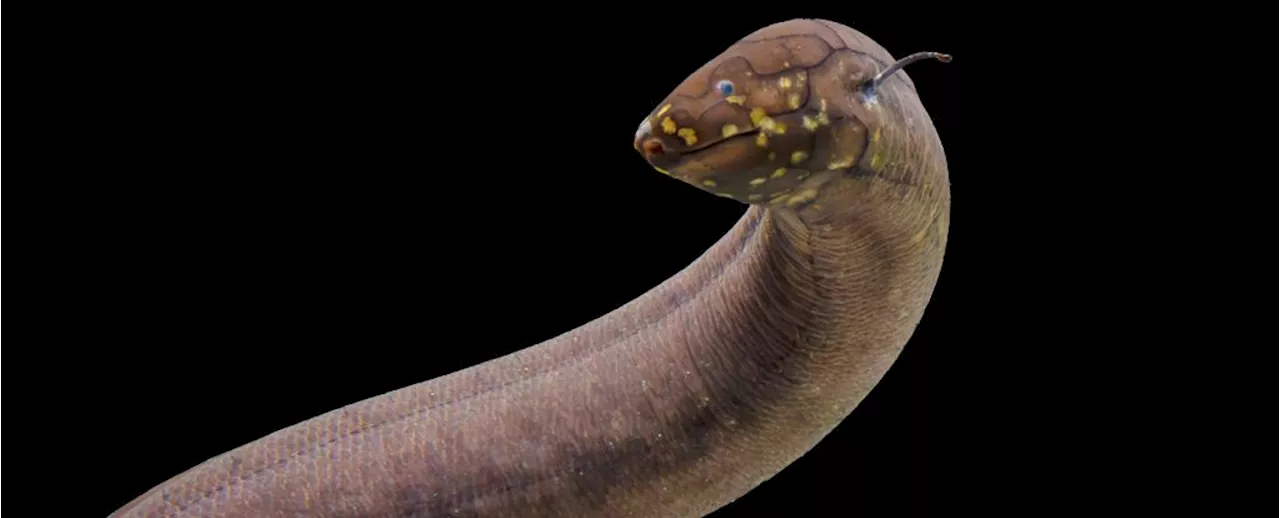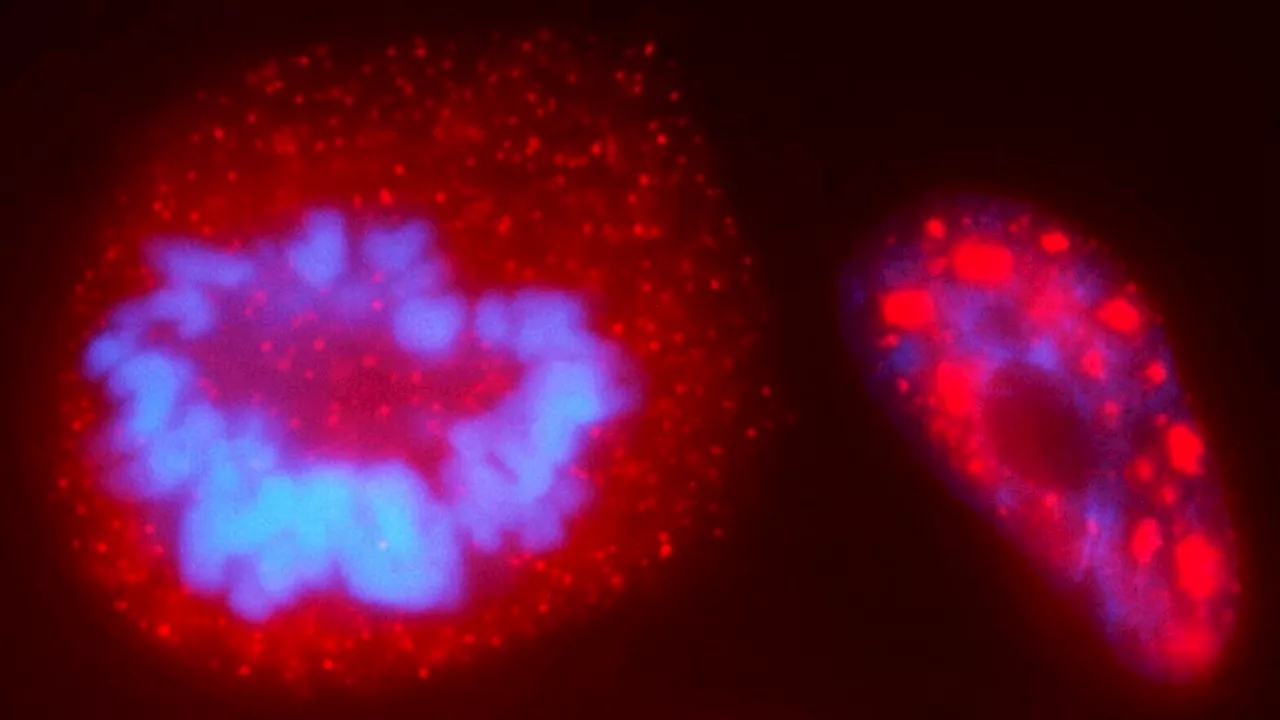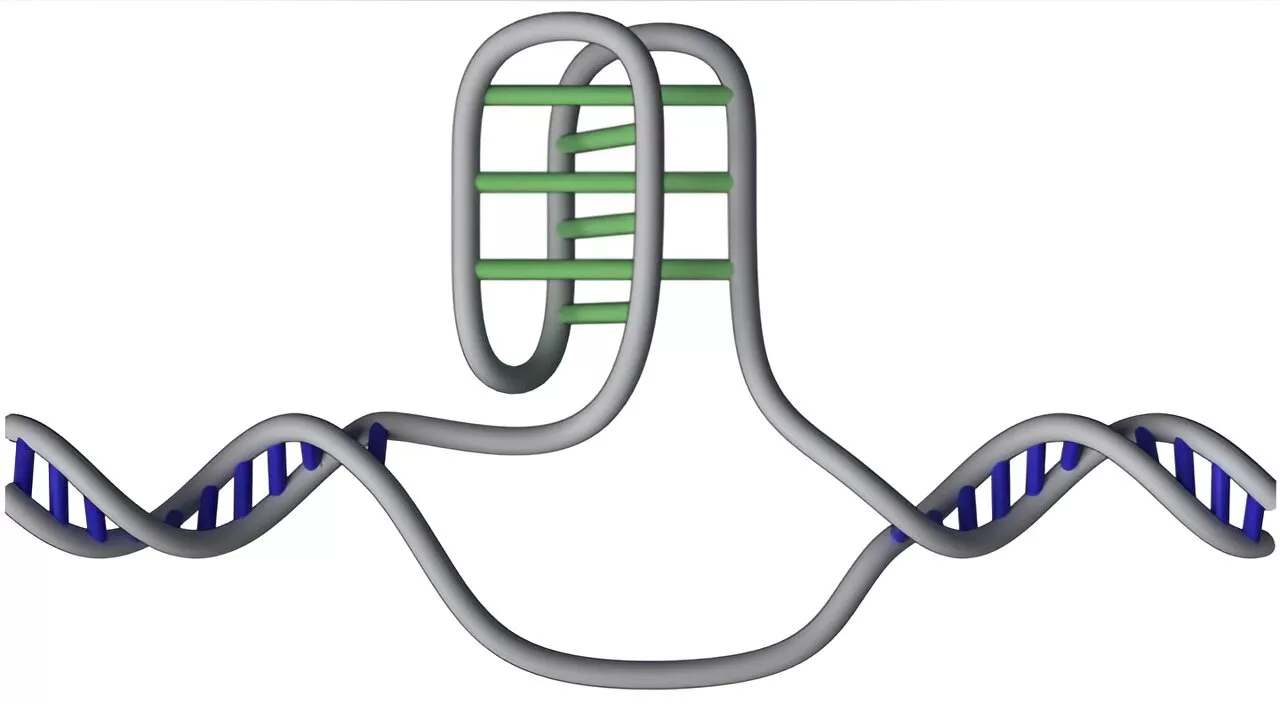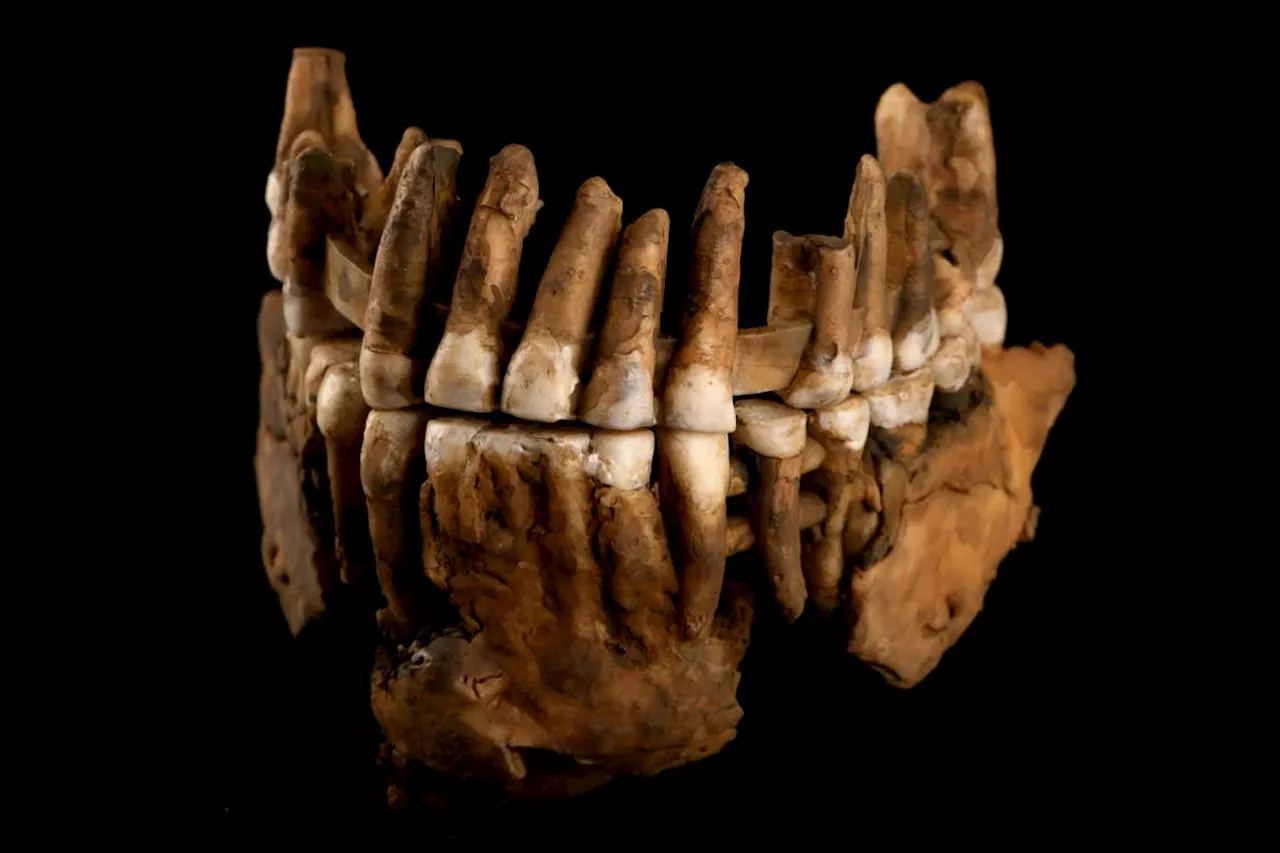Analysis of DNA from a Neanderthal fossil found in a French cave indicates that it belonged to a group that was isolated for more than 50,000 years
Genetic analysis of a Neanderthal fossil found in France reveals that it was from a previously unknown lineage, a remnant of an ancient population that had remained in extreme isolation for more than 50,000 years. This finding sheds new light on the final phase of the species’ existence.of the Centre for Anthropobiology and Genomics of Toulouse uncovered some teeth in the cave’s soil.
By comparing his genome with those of other Neanderthals, Slimak and his colleagues estimated Thorin lived around 105,000 years ago. However, archaeological evidence and analysis of the isotopes in his bones unequivocally showed that Thorin lived no more than 50,000 years ago – making him a “late Neanderthal” from the final phase of the species’ existence.
This isolation could have made the group particularly vulnerable. “Long term isolation or inbreeding can be detrimental to a population’s survival as it can reduce the genetic diversity over time, which in turn can have negative effects on our adaptability to changing environments,” says Vimala.Slimak, Vimala and their colleagues then re-analysed the genome of another Neanderthal that had lived around 43,000 years ago at Les Cottés, France.
United States Latest News, United States Headlines
Similar News:You can also read news stories similar to this one that we have collected from other news sources.
 Largest animal genome sequenced — and just 1 chromosome is the size of the entire human genomeTia is the managing editor and was previously a senior writer for Live Science. Her work has appeared in Scientific American, Wired.com and other outlets.
Largest animal genome sequenced — and just 1 chromosome is the size of the entire human genomeTia is the managing editor and was previously a senior writer for Live Science. Her work has appeared in Scientific American, Wired.com and other outlets.
Read more »
 Angiosperms study provides insights into genome evolution after whole-genome duplicationsWhole-genome duplication (WGD, or polyploidy) is a common and frequent occurrence in plants, providing raw genetic material for evolution. Homoeologs (duplicate genes from a WGD) often diverge in expression levels, while some still maintain similar (balanced) expression levels between the two copies even after tens of millions of years.
Angiosperms study provides insights into genome evolution after whole-genome duplicationsWhole-genome duplication (WGD, or polyploidy) is a common and frequent occurrence in plants, providing raw genetic material for evolution. Homoeologs (duplicate genes from a WGD) often diverge in expression levels, while some still maintain similar (balanced) expression levels between the two copies even after tens of millions of years.
Read more »
 Weird Fish Breaks Largest Animal Genome Record With 30x Our DNAThe Best in Science News and Amazing Breakthroughs
Weird Fish Breaks Largest Animal Genome Record With 30x Our DNAThe Best in Science News and Amazing Breakthroughs
Read more »
 Researchers bend DNA strands with light, revealing a new way to study the genomeWith the flick of a light, researchers have found a way to rearrange life's basic tapestry, bending DNA strands back on themselves to reveal the material nature of the genome.
Researchers bend DNA strands with light, revealing a new way to study the genomeWith the flick of a light, researchers have found a way to rearrange life's basic tapestry, bending DNA strands back on themselves to reveal the material nature of the genome.
Read more »
 Researchers map 50,000 of DNA's mysterious 'knots' in the human genomeResearchers have mapped 50,000 of DNA's mysterious 'knots' in the human genome. The innovative study of DNA's hidden structures may open up new approaches for treatment and diagnosis of diseases, including cancer.
Researchers map 50,000 of DNA's mysterious 'knots' in the human genomeResearchers have mapped 50,000 of DNA's mysterious 'knots' in the human genome. The innovative study of DNA's hidden structures may open up new approaches for treatment and diagnosis of diseases, including cancer.
Read more »
 DNA analysis reveals close relative mating and child sacrifice among elites in precontact MexicoArchaeologists have analyzed the DNA of a unique child burial at the precontact Mexican site of Paquimé, suggesting it is a rare example of close relative mating between elites for ritual sacrifice.
DNA analysis reveals close relative mating and child sacrifice among elites in precontact MexicoArchaeologists have analyzed the DNA of a unique child burial at the precontact Mexican site of Paquimé, suggesting it is a rare example of close relative mating between elites for ritual sacrifice.
Read more »
